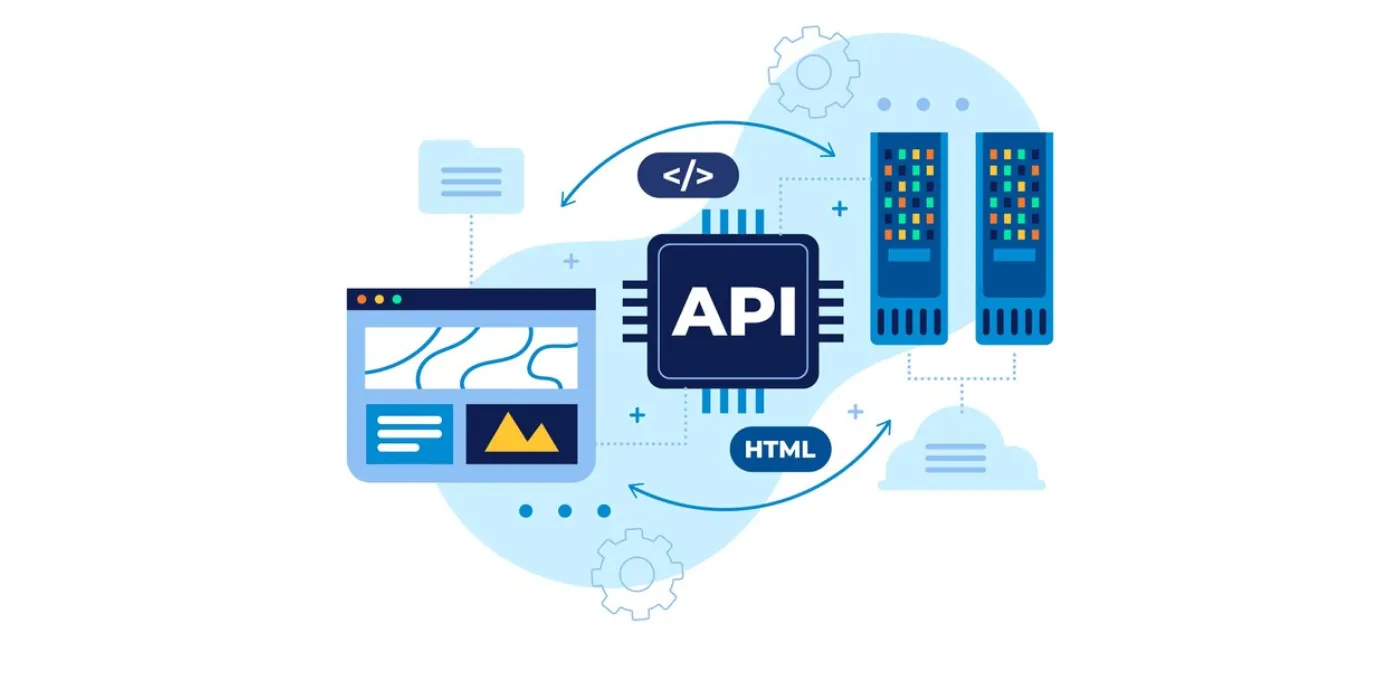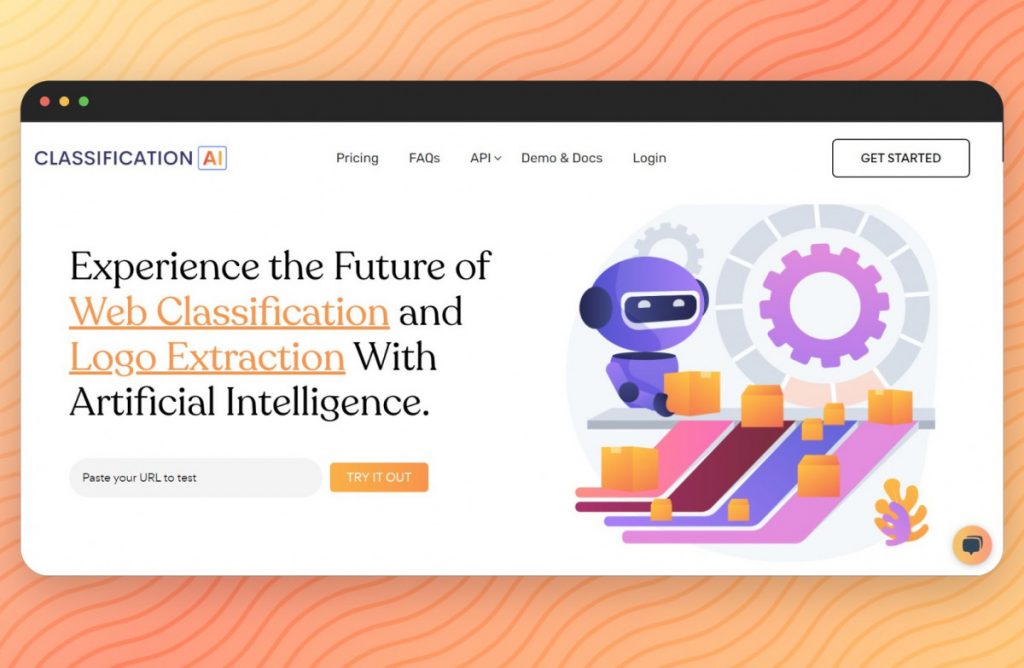In today’s digital age, businesses and organizations are inundated with vast amounts of data. From customer information to product details, the sheer volume of data can be overwhelming. To make sense of this data and extract valuable insights, companies are turning to artificial intelligence (AI) tools. One such tool is the AI Classification API, which offers smarter data sorting capabilities.
What is the AI Classification API?

The AI Classification API is a powerful tool that uses machine learning algorithms to automatically categorize and classify data. It takes unstructured data and assigns it to predefined categories or labels, making it easier to organize and analyze. By leveraging AI technology, the API can process large amounts of data quickly and accurately, saving businesses valuable time and resources.
How does it work?
The AI Classifications API utilizes a process known as supervised learning. It requires a training dataset that consists of labeled examples. These labeled examples serve as the basis for the machine learning model to learn from. The model then uses this knowledge to classify new, unseen data.
- Data Preparation: The first step in using the AI Classifications API is to gather and prepare the data for training. This involves cleaning and formatting the data, ensuring its quality and consistency.
- Training: Once the data is prepared, it is used to train the machine learning model. The model learns from the labeled examples and identifies patterns and correlations between the data and its corresponding labels.
- Testing and Evaluation: After the model is trained, it is tested with a separate set of data to evaluate its performance. This step helps determine the accuracy and reliability of the model.
- Deployment: Once the model passes the testing phase, it is ready to be deployed and used for classification tasks. The AI Classifications API provides a user-friendly interface for businesses to integrate the model into their systems or applications.
Benefits of the AI Classification API
Implementing the AI Classifications API offers several benefits for businesses and organizations:
1. Efficient Data Sorting
The API enables businesses to sort and categorize vast amounts of data quickly and accurately. By automating this process, businesses can save time and resources that would otherwise be spent manually sorting through data.
2. Improved Decision Making
With the AI Classifications API, businesses can make more informed decisions based on the categorized data. By having data organized into relevant categories, decision-makers can easily access the information they need, leading to better insights and improved decision-making processes.
3. Enhanced Customer Experience
By classifying customer data, businesses can gain valuable insights into customer preferences and behaviors. This information can then be used to personalize customer experiences, tailor marketing campaigns, and provide better customer support.
4. Streamlined Operations
Efficient data sorting leads to streamlined operations. With the AI Classifications API, businesses can automate repetitive tasks, freeing up employees to focus on more strategic and value-added activities. This can lead to increased productivity and efficiency across the organization.
5. Scalability
The AI Classifications API is designed to handle large amounts of data, making it highly scalable. As businesses grow and data volumes increase, the API can easily handle the increased workload without compromising performance or accuracy.
Use Cases
The AI Classifications API has a wide range of applications across various industries:
1. E-commerce
Online retailers can use the API to categorize product listings, making it easier for customers to find what they are looking for. It can also be used to identify fraudulent activities or detect potential product defects.
2. Customer Support
By classifying customer support tickets or inquiries, businesses can prioritize and route them to the appropriate teams or agents. This ensures that customer issues are addressed in a timely manner, leading to improved customer satisfaction.
3. Content Moderation
Social media platforms or online communities can leverage the API to automatically classify user-generated content. This helps identify and remove inappropriate or offensive content, ensuring a safe and enjoyable user experience.
4. Document Management
Organizations dealing with large volumes of documents can use the AI Classifications API to automatically categorize and tag files. This simplifies document retrieval and improves overall document management efficiency.
To make use of it, you must first:

- Go to AI Classification API and simply click on the button “GET STARTED” to start using the API.
- After signing up in Classification.ai, you’ll be given your personal API key. Using this one-of-a-kind combination of numbers and letters, you’ll be able to use, connect, and manage APIs!
- Employ the different API endpoints depending on what you are looking for.
- Once you meet your needed endpoint, make the API call by pressing the button “Run” and see the results on your screen.
Conclusion
The AI Classification API offers businesses a smarter way to sort and categorize data. By leveraging machine learning algorithms, businesses can automate the process of data classification, saving time and resources. The API provides several benefits, including efficient data sorting, improved decision-making, enhanced customer experiences, streamlined operations, and scalability. With its wide range of applications, the AI Classification API is revolutionizing the way businesses organize and analyze data in the digital age.
Read More: Real time categorization api for development purposes

